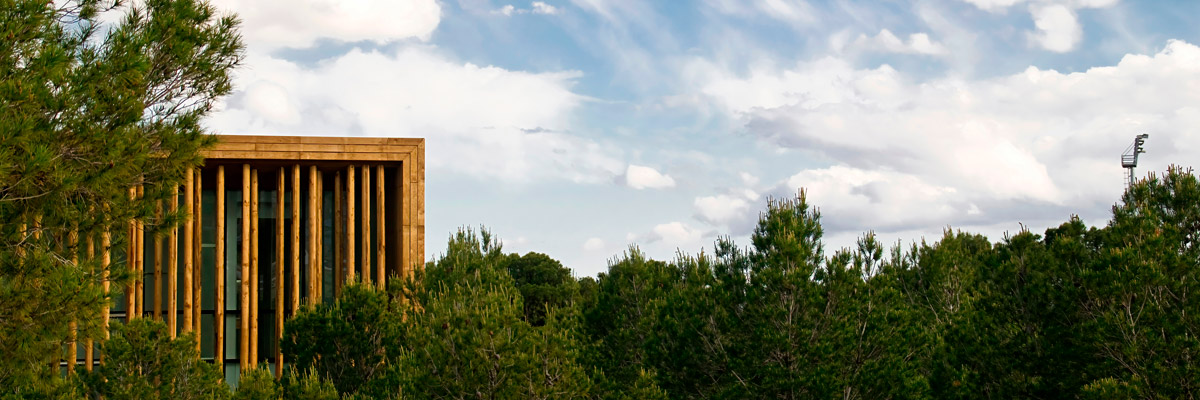Energy consumption savings
Energy consumption savings
Bioclimatic design reduces dependence on artificial heating/cooling and lighting systems, which translates into considerable energy consumption savings.
Reduction of gas emissions
Reduction of gas emissions
By making the most of renewable energy sources, bioclimatic architecture contributes to the reduction of greenhouse gas emissions and combating global warming.
Improves quality of life
Improves quality of life
Spaces designed under bioclimatic principles and the use of certain materials offer greater thermal and light comfort, as they maintain a constant temperature, regardless of the climate or season.
Light optimization
Light optimization
The home's orientation enables it to make the most of natural lighting, which contributes to creating more pleasant and healthier environments for their occupants, and ultimately, to improving their quality of life.





